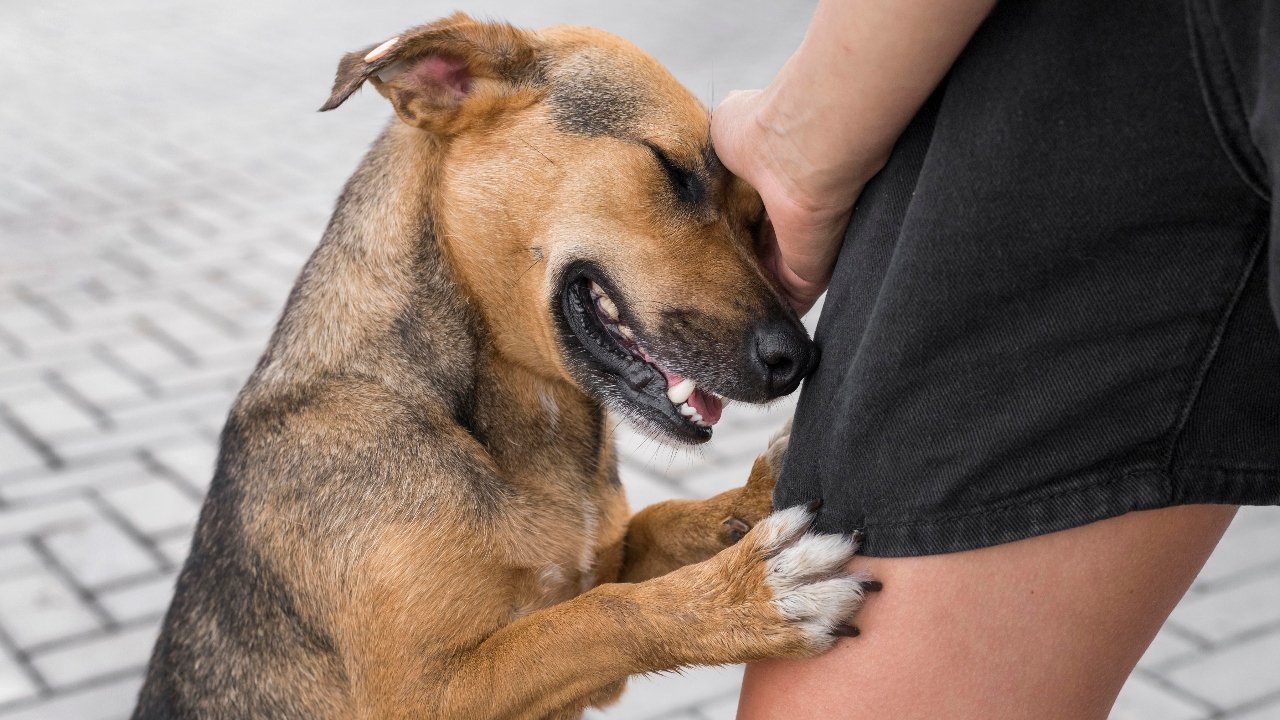In Case of a Dog Bite: What to Do Immediately

Dog bites can be unexpected and alarming, whether from a familiar pet or a stray animal. Knowing how to react in such situations can prevent complications, infections, and legal issues. This guide will walk you through immediate steps to take after a dog bite, from first aid to seeking medical attention and understanding your legal rights.
Step 1: Assess the Severity of the Bite
Dog bites range from minor scratches to deep wounds. Understanding the severity will help determine the necessary course of action.
- Minor Bites: If the skin is barely broken or only scratched, it may be treatable at home with proper cleaning and care.
- Moderate to Severe Bites: If there is deep puncturing, excessive bleeding, or torn skin, medical attention is necessary.
Any dog bite, even a minor one, can introduce bacteria into the wound, leading to infection. That’s why proper cleaning is essential.
Step 2: Administer First Aid
If you or someone else has been bitten by a dog, take these immediate steps to clean and treat the wound:
- Stop the Bleeding: Use a clean cloth or sterile bandage to apply gentle pressure on the wound. If bleeding is heavy or does not stop within 10 minutes, seek emergency care.
- Clean the Wound: Rinse the bite with warm water and mild soap for at least five minutes. This helps remove dirt, bacteria, and saliva that could cause infection.
- Apply an Antiseptic: Use an over-the-counter antiseptic like hydrogen peroxide or iodine to disinfect the area.
- Cover with a Bandage: After cleaning, apply a sterile bandage to protect the wound from dirt and bacteria.
- Elevate the Wound: If the bite is on an arm or leg, keep it elevated to reduce swelling and encourage healing.
Step 3: Seek Medical Attention
While some dog bites can be treated at home, others require medical care. Seek professional help if:
- The bite is deep or has excessive bleeding.
- The wound shows signs of infection (redness, swelling, pus, warmth, or increasing pain).
- The dog was stray, unknown, or acting aggressively.
- You have not had a tetanus shot in the last five years.
- You have a weakened immune system or any underlying health condition that could increase infection risks.
A doctor may prescribe antibiotics, give a tetanus booster, or recommend a rabies shot if the dog’s vaccination status is unknown.
Step 4: Identify the Dog and Its Vaccination Status
If possible, find out who owns the dog and whether it has been vaccinated against rabies. If the dog belongs to someone, ask for their contact information and proof of vaccination records. If the dog is a stray or unknown, report the bite to animal control or local authorities.
Rabies is a serious concern, though rare in vaccinated dogs. If the dog’s vaccination status is uncertain, your doctor may recommend a rabies post-exposure treatment.
Step 5: Report the Incident
Dog bites should be reported to local animal control or health departments, especially if the dog is a stray or acting aggressively. Reporting helps prevent future attacks and ensures necessary public health measures are taken.
When reporting, provide:
- A description of the dog (breed, size, color).
- The location and time of the incident.
- The dog owner’s contact details (if available).
- Any witnesses who saw the attack.
Step 6: Monitor the Wound for Infection
Even after receiving treatment, closely monitor the wound for signs of infection. Symptoms include:
- Increased redness or swelling
- Pus or discharge
- Fever or chills
- Worsening pain
If any of these symptoms develop, see a doctor immediately.
Step 7: Understand Your Legal Rights
If you were bitten by someone else’s dog, you might be entitled to compensation for medical expenses, lost wages, or emotional distress. Laws vary by location, but in many cases, dog owners are held liable for their pet’s behavior.
Consider consulting a legal professional, such as a child injury attorney in Columbus, if:
- The bite resulted in significant medical costs or long-term injury.
- The owner was negligent in restraining their dog.
- The bite occurred on someone else’s property.
Having proper documentation (medical records, photos of the injury, and witness statements) will support any legal claims.
Step 8: Prevent Future Dog Bites
While not all bites can be prevented, following these safety tips can reduce the risk:
- Avoid unfamiliar dogs: Never approach a strange dog, especially if it is eating, sleeping, or caring for puppies.
- Ask permission before petting: Always ask the owner before touching their dog.
- Watch for warning signs: Growling, stiff posture, bared teeth, or pinned ears indicate aggression.
- Teach children dog safety: Educate kids about respectful interactions with dogs to prevent bites.
- Proper training and socialization: If you own a dog, ensure it is well-trained and socialized to prevent aggressive behavior.
Final Thoughts
Dog bites can be frightening, but knowing how to react immediately can help minimize complications. Proper first aid, medical care, and legal awareness are essential steps in handling a dog bite effectively. Whether the bite is minor or severe, taking quick action ensures a safer recovery and helps prevent future incidents.
If you or someone you know has been bitten by a dog, don’t hesitate to seek medical advice and report the incident. Your health and safety always come first.











